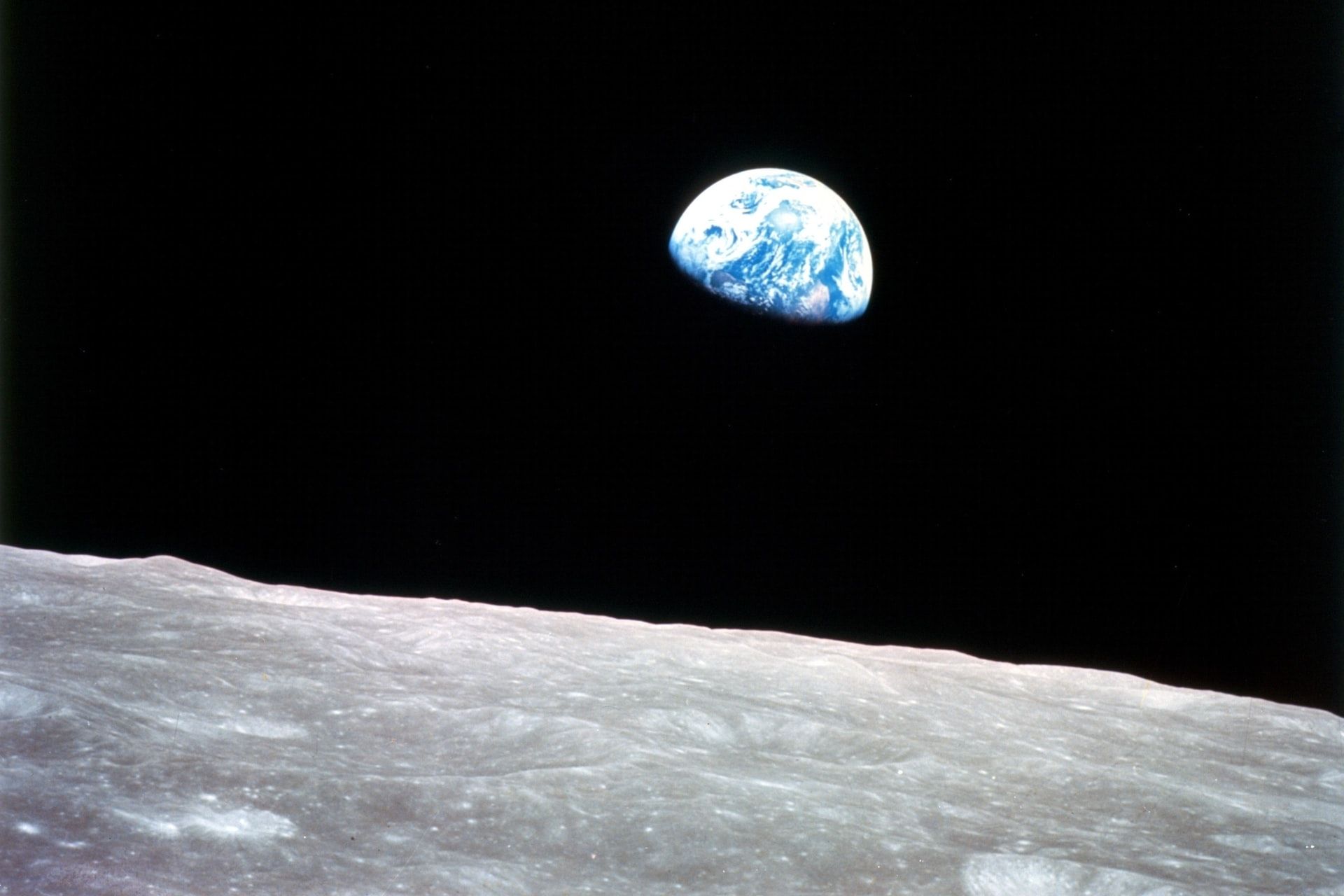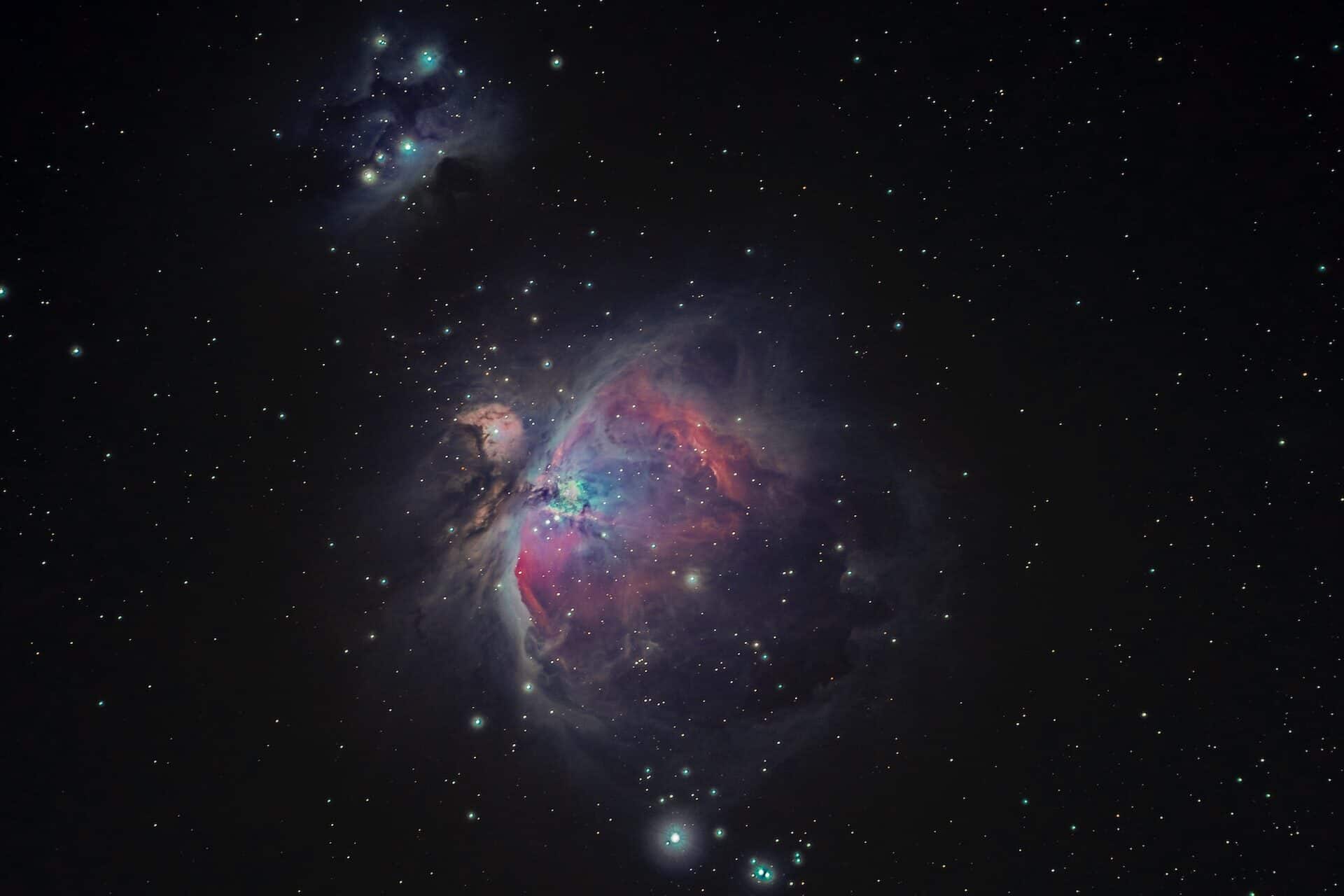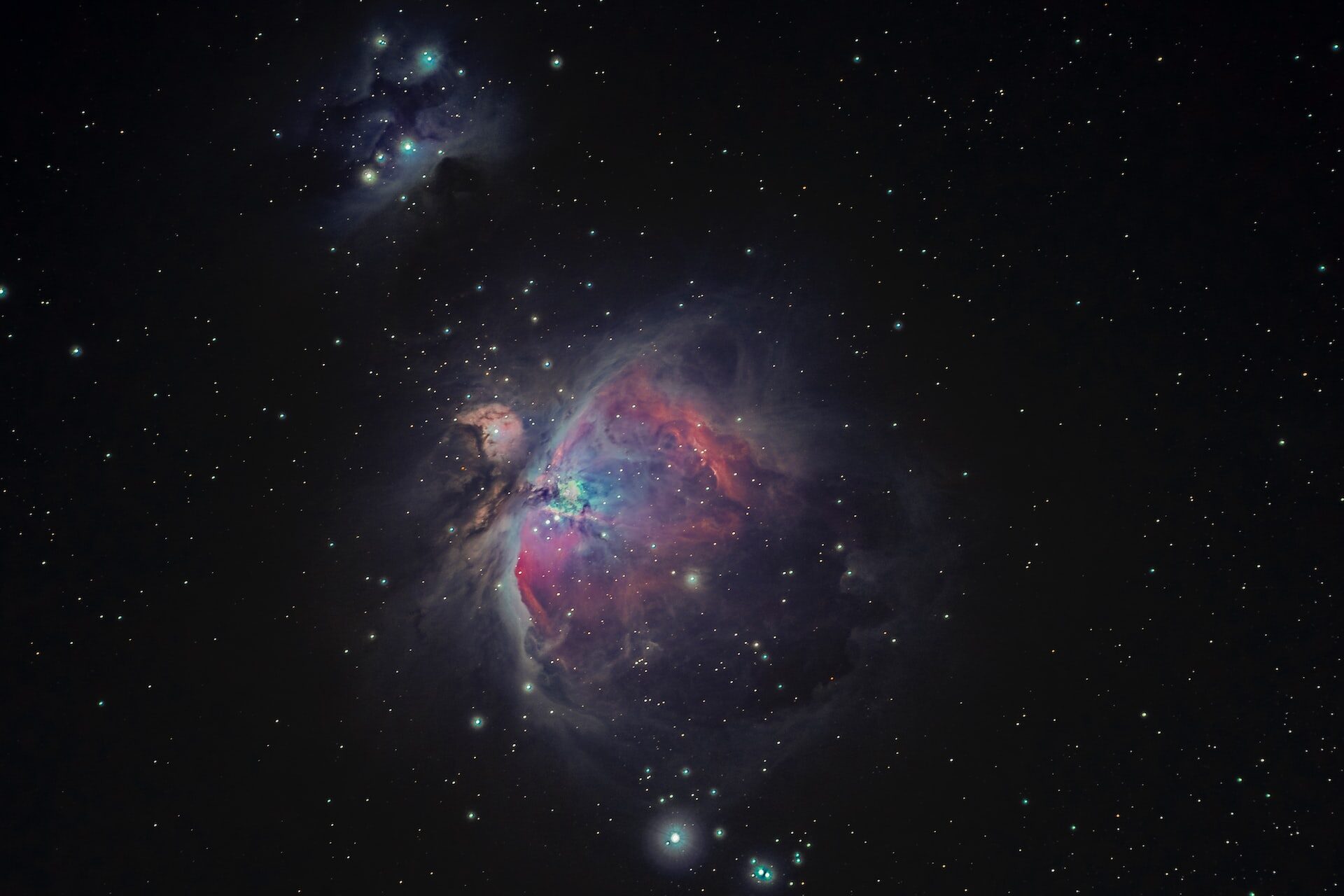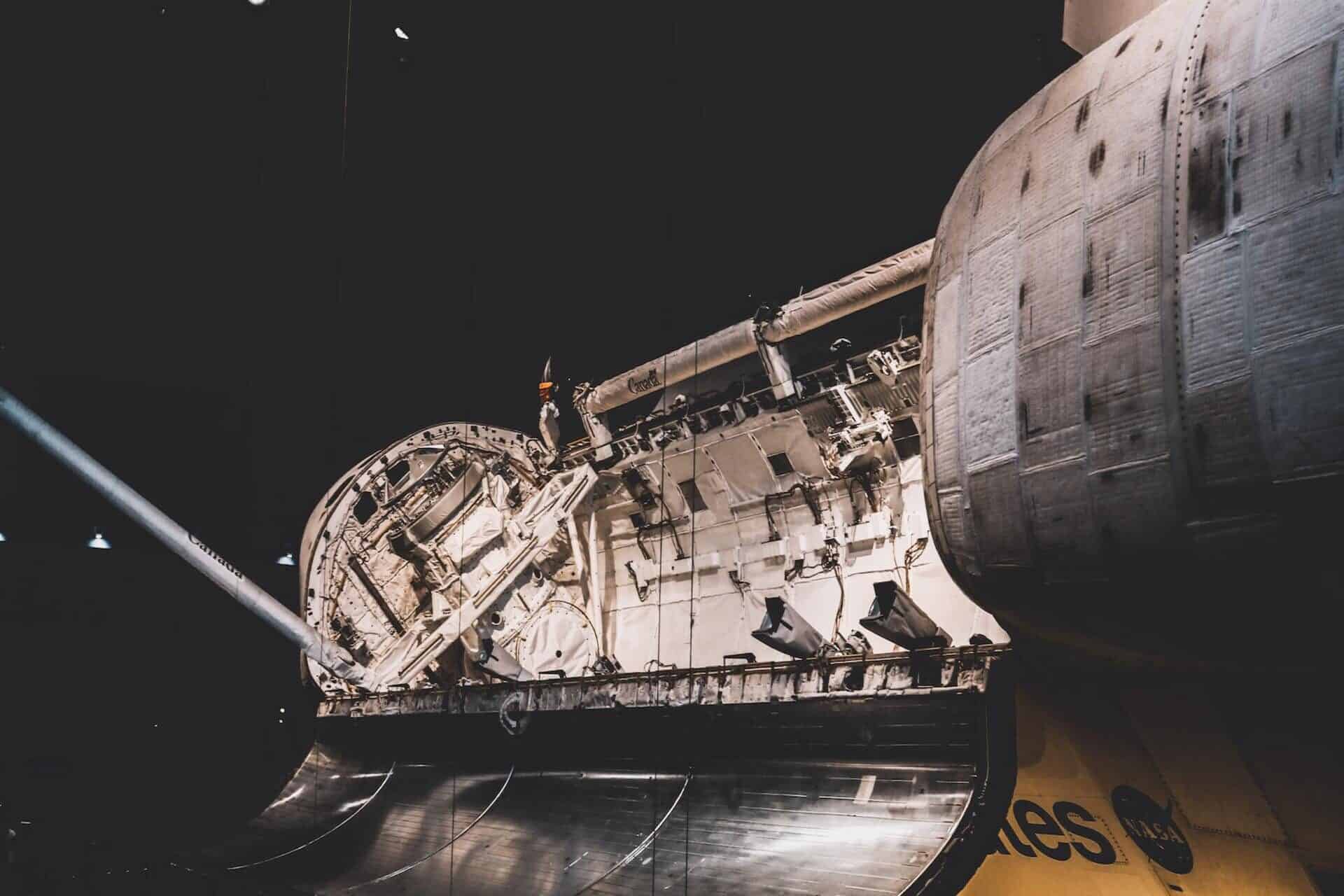
What Makes a Wolf-Rayet Star Unique?
April 27, 2023 - Lou Farrell
Revolutionized is reader-supported. When you buy through links on our site, we may earn an affiliate commision. Learn more here.
On a clear night in 1867, Charles Wolf and Georges Rayet were peering through a telescope at the Paris Observatory. As they searched the constellation Cygnus, they must have been excited to discover three stars displaying broad emission bands on what was otherwise a continuous spectrum of light. They had discovered the first-known Wolf-Rayet (WR) stars.
Wolf Hunting
“The bigger they are, the harder they fall.” Whether this iconic phrase originated with boxing or the David and Goliath story, it’s very applicable when it comes to Wolf-Rayet (WR) stars. Rare, luminous and incredibly hot, these dying giants — at least twenty times more massive than the sun — are simply going through a phase, one that won’t last long in the cosmic sense of the word. Why are there so few of them?
Rather than being a specific type of star, like a red giant or white dwarf, WR stars are massive O-type stars on the verge of death. However, not all O-type stars go through a Wolf-Rayet phase.
Because WR stars are a specific phase of an already rare class of stars, they’re exceptionally uncommon in our galaxy, with astronomers counting around 600 of them as of 2022. It’s like looking for a silverback gorilla — it’s a very old specimen of an already rare species, making it unusual to come across one in the wild. There may only be a few thousand WR stars in the Milky Way, a tiny fraction of the 100 billion total stars in the galaxy.
Astronomers further subdivide Wolf-Rayet stars into categories based on their spectrographic emissions. WN stars produce emission lines of nitrogen and helium, while WC stars emit hydrogen, carbon and oxygen.
A significant number of WR stars orbit with a stellar companion. That’s typical of many stars in the Milky Way, with binary systems — like the twin suns on the fictional planet Tatooine in Star Wars — potentially being more common than single stars.
Nuclear Fusion
A star’s gravity pulls things in, while nuclear fusion from inside the star exerts outward pressure. When these forces are equal, like they are with the sun, it creates a stable state of fusion. These stable stars can carry on performing fusion for billions of years. Our sun’s consistency allowed life to form on Earth.
Planets near very massive stars aren’t so lucky. After just a few million years of performing nuclear fusion, type-O stars begin to decline.
The Dying Process
Big stars always live fast and die hard compared to their smaller counterparts, some of which may be nearly as old as the universe itself. When Wolf-Rayet stars start running out of hydrogen fuel, their next move is to begin fusing heavier elements like helium and carbon. This process releases large amounts of energy.
As a result, a WR star creates violent winds reaching speeds of up to 1,500 kilometers per second, stripping away the star’s outer layers and exposing its core. The wind leaves nebulous plumes in its wake, which is why so many Wolf-Rayet stars have gorgeous nebulae around them.
The core is the hottest part of any star. A key principle of astronomy is that even if two stars are the same size, the hotter one will be brighter.
Thus, because Wolf-Rayet stars are nothing but a naked core, they burn exceptionally brightly at a temperature of up to 90,000° F (50,000° C). All of the WR stars in our galaxy are far enough away that they don’t look any brighter than the other stars, but that’s only because of their distance.
A Whimper or a Bang?
Eventually, a Wolf-Rayet star runs out of elements to fuse in its core. As fusion grinds to a halt, the star stops exerting outward pressure, allowing gravity to push inward on it. This causes the star to collapse.
Interestingly, it wasn’t until 2019 that astronomers at the Zwicky Transient Facility first observed a Wolf-Rayet star exploding into a supernova. Previously, many scientists assumed WR stars created supernovas, but they had never seen one in action. There still isn’t a lot of data regarding how WR stars actually die — do they usually explode, collapse to form black holes or carry out a combination of the two?
No one is certain. What astronomers do know is that a dying O-type star can only stay in the Wolf-Rayett stage for a few hundred thousand years, a mere blink of an eye when it comes to geologic time. Supernovas create heavy metals, like gold and silver, along with clouds of dust that eventually condenses to form stellar nurseries. These regions birth clusters of smaller stars.
Notable Wolf-Rayet Stars
The most massive star ever discovered, R136a1, is a Wolf-Rayet star in the center of the Tarantula Nebula in the Large Magellanic Cloud. It’s also one of the brightest and hottest stars in the known universe. Though not the largest star in diameter — that distinction goes to UY Scuti — the bizarrely named R136a1 is the heaviest, tipping the scales somewhere between 170 to 230 times the mass of the sun.
WR 104 is a triple star system roughly 8,000 light years away from Earth. Its primary star is a WR star surrounded by a spiral Wolf-Rayet nebula, also known as a pinwheel nebula. WR 104 generated a lot of media interest in the mid-2000s, with headlines like “Real Death Star Could Strike Earth” and “How the World Could End” striking fear into the hearts of readers.
The event in question was whether WR 104 would release a gamma-ray burst (GRB) when it finally collapses, and whether the gamma ray would destroy the Earth’s ozone layer. A GRB is an explosion of gamma rays. These explosions can range from less than two seconds to 2.7 hours long. However, an unlikely string of events would have to occur for WR 104 to affect the Earth.
First, the Wolf-Rayet star would have to create a GRB, which isn’t guaranteed. Next, the WR star’s rotational axis would have to be pointed at our planet. Finally, the gamma-ray jet would have to travel far enough to damage our ozone layer. It would need to be fairly narrow to cover that distance, but the narrower it is, the less likely it is to hit a specific target like the Earth. That makes the event highly unlikely.
Burning Fast and Bright
In summary, Wolf-Rayet stars are dying O-type stars much more massive than the Earth’s sun. They’re unique because of their extreme brightness, temperature and rarity, making them a real treat to observe through a telescope — in fact, that’s the only way to appreciate them.
Although the media created a brief stir around WR 104, odds are that the triple star system will collapse without harming Earth. We can simply appreciate it for its beauty.
Revolutionized is reader-supported. When you buy through links on our site, we may earn an affiliate commision. Learn more here.




